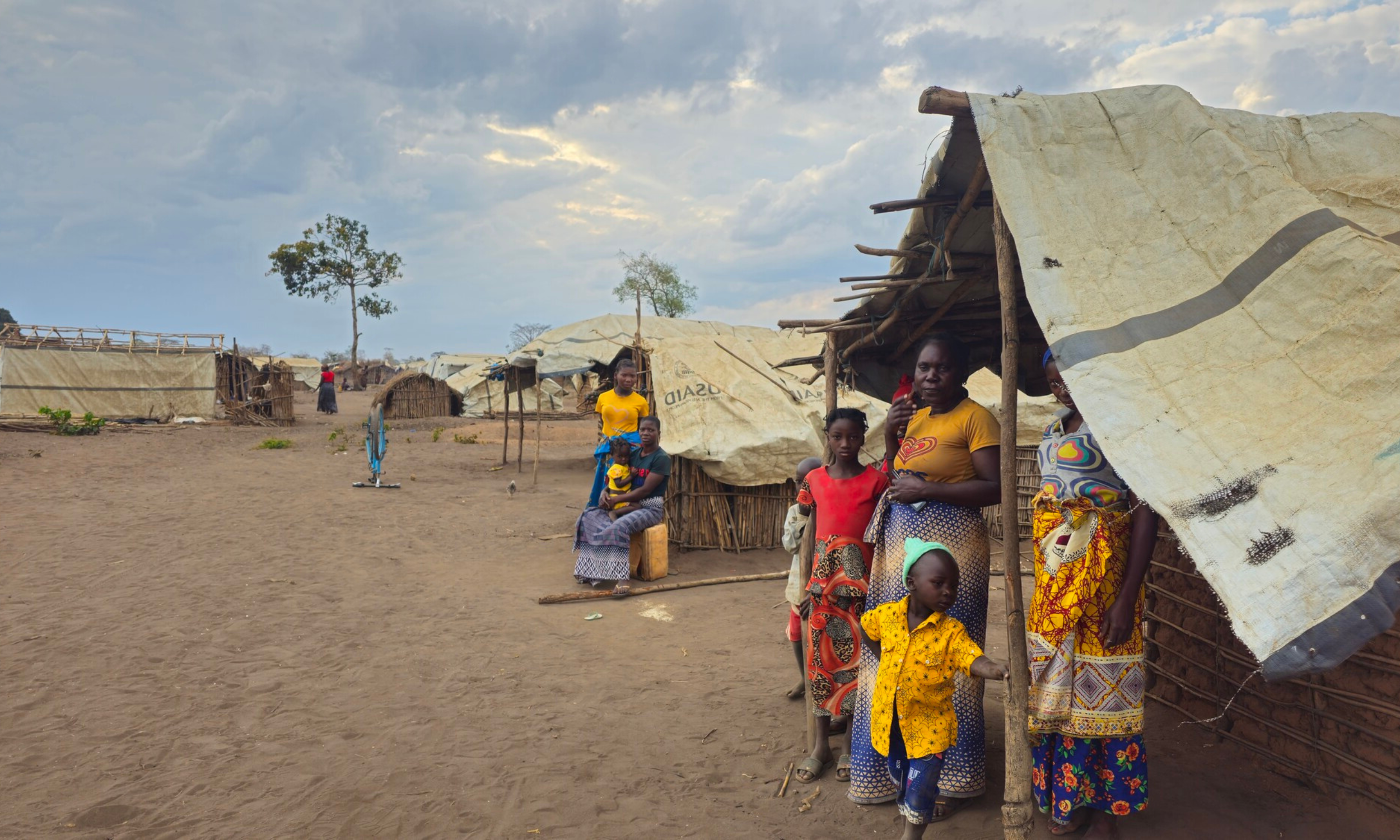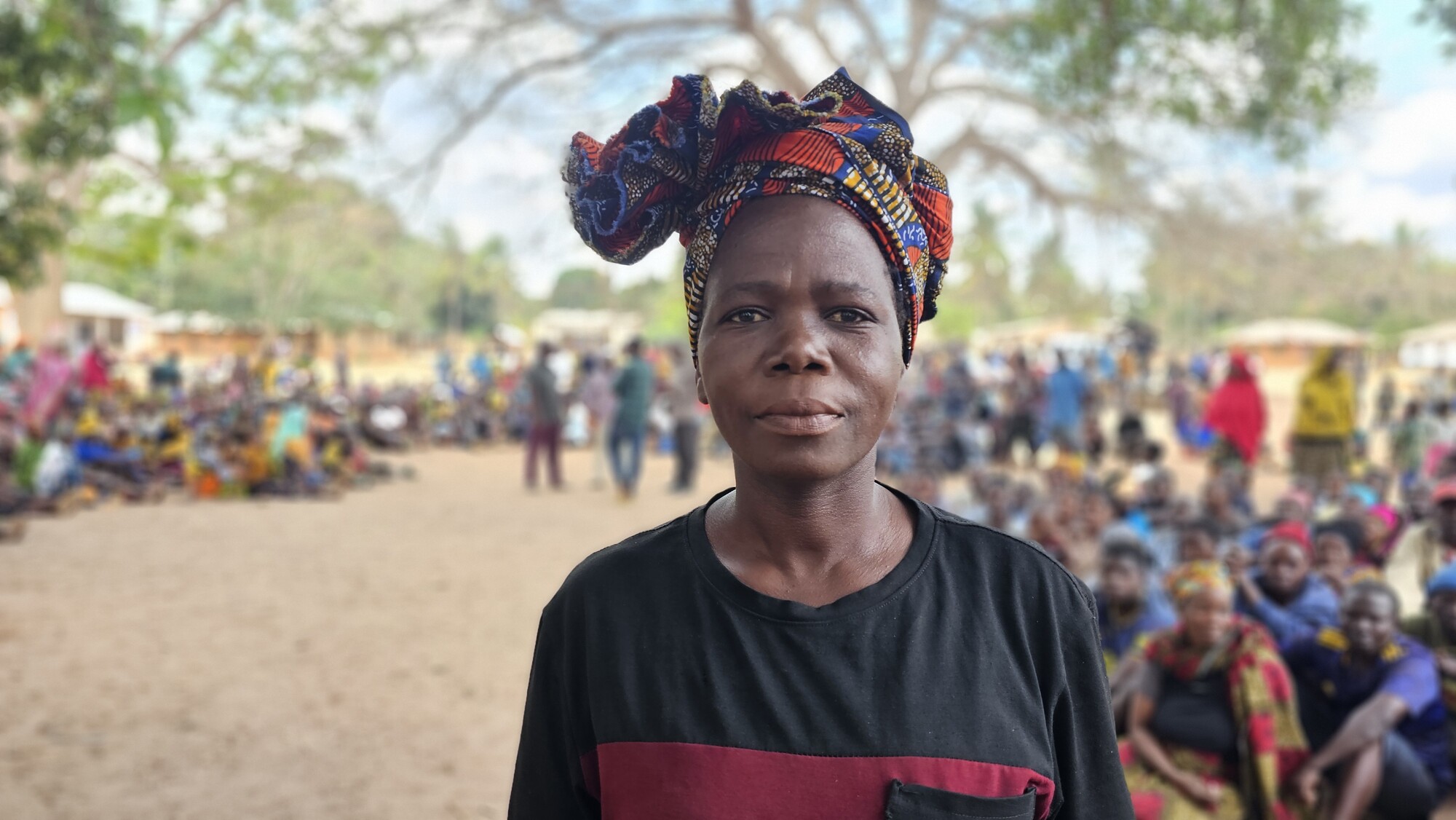History of CARE International's work in Burkina Faso
CARE International first began working in Burkina Faso in 2017 through projects implemented through partners, including such as WA-WASH, which focuses on water, sanitation, and hygiene, and IPAD, which focuses on women's empowerment.
In 2018, we established a physical presence in the country with the PRODIATA project. PRODIATA aims to reduce the risks of conflict related to livestock management, and to improve the nutrition and food security of coastal and pastoral populations.
What CARE International does in Burkina Faso
In recent years Burkina Faso has experienced growing insecurity due to violent conflict from armed groups. This has led to displacement and increased humanitarian needs across the country. Burkina Faso also remains vulnerable to climatic shocks related to changes in rainfall patterns.
Because of their limited access to land and basic education and absence in household and community decision-making, women and children are most vulnerable to risks associated with displacement, including access to food, water and sanitation facilities, shelter, and healthcare. CARE International works to identify funding and partners that can best meet the needs of those at risk.









